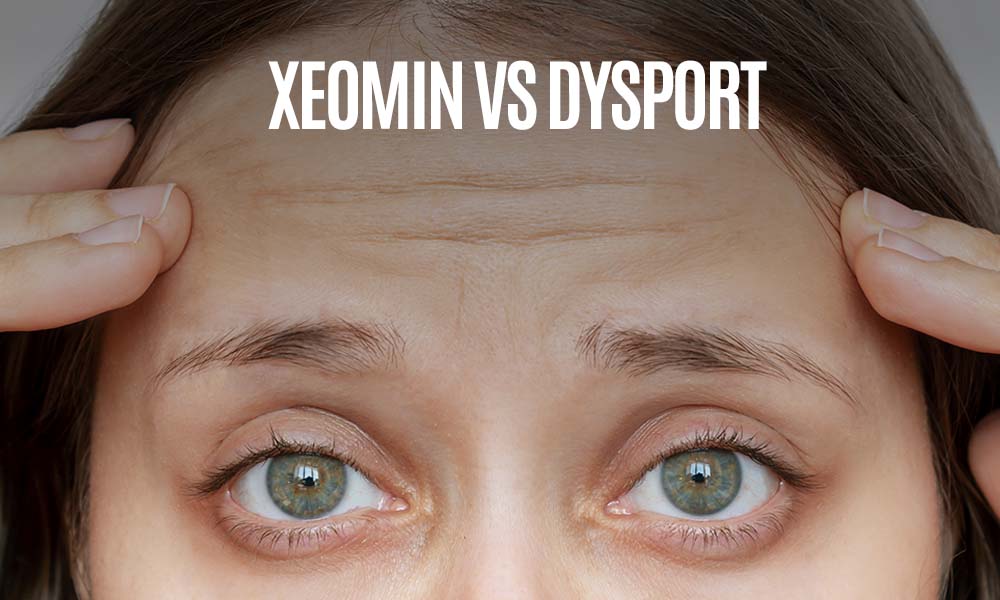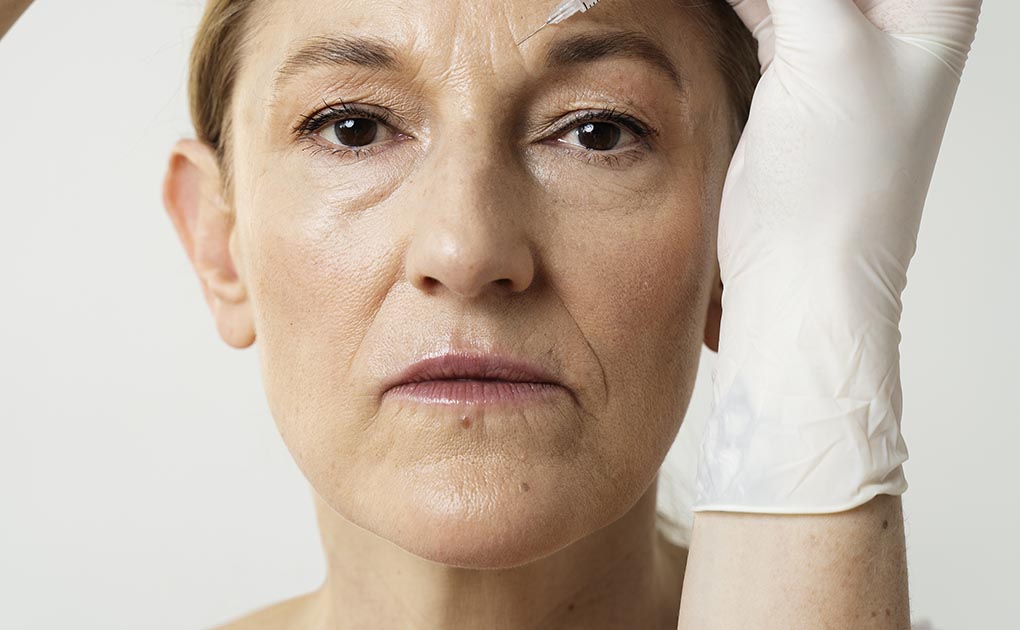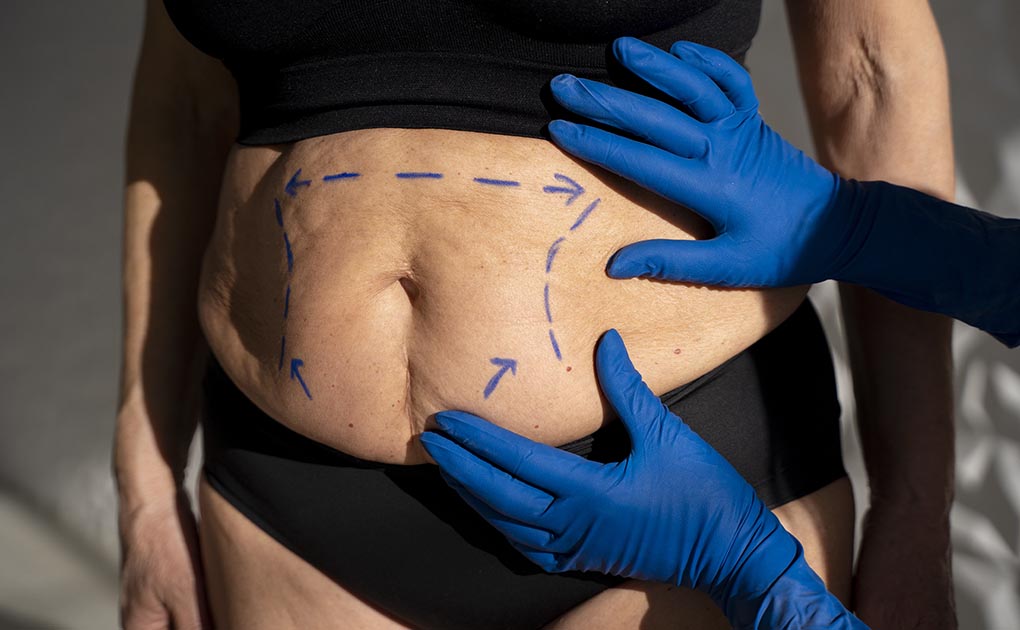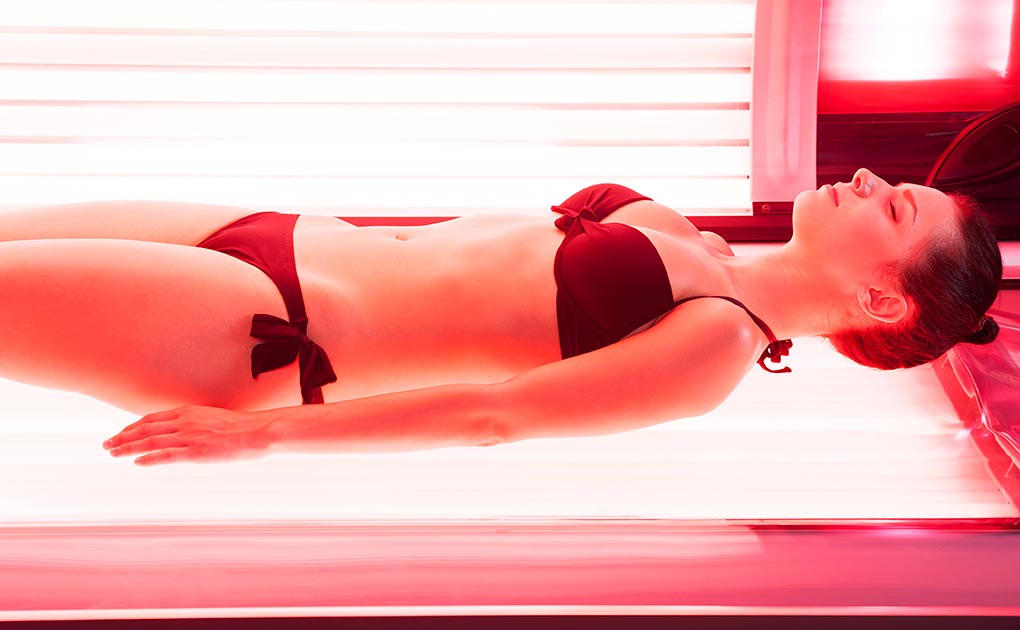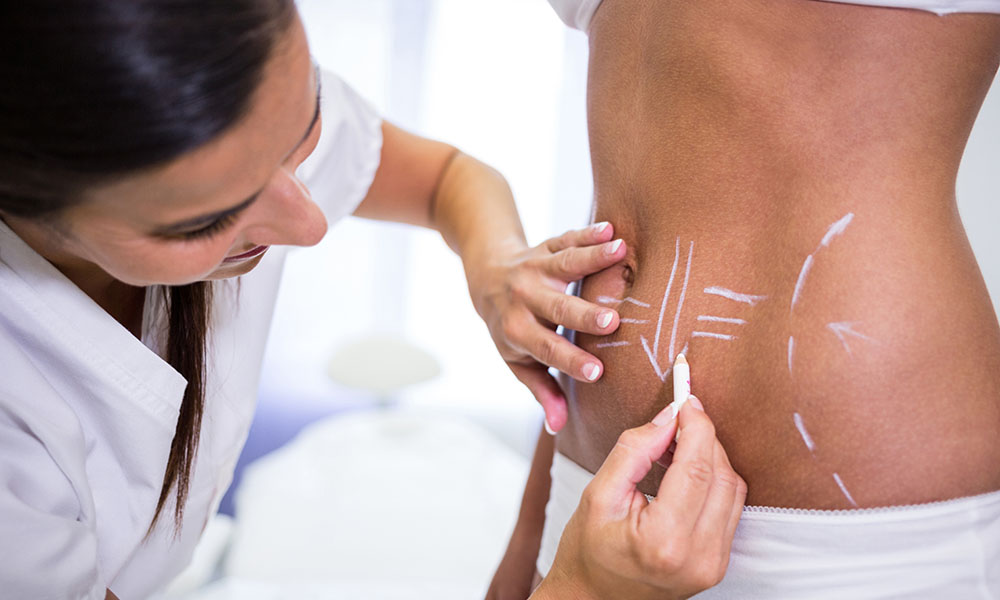Hair loss can significantly affect confidence and self-esteem, leading many individuals to seek effective and safe solutions. Platelet-Rich Plasma (PRP) therapy has emerged as a revolutionary treatment for hair restoration, leveraging the body’s natural healing properties to stimulate hair growth and enhance hair quality. Here’s a detailed look at how PRP therapy works and its numerous benefits for hair restoration.
What Is PRP Therapy?
PRP therapy involves extracting platelets from a patient’s blood and injecting the concentrated plasma into areas of the scalp experiencing hair thinning or loss. Platelets are rich in growth factors that promote tissue repair and regeneration, making them highly effective in stimulating dormant hair follicles and encouraging new growth.
How PRP Therapy Works
1. Blood Collection
The first step of PRP therapy is drawing a small amount of blood from the patient, typically from the arm. The amount is similar to what’s collected during a routine blood test.
2. Centrifugation
The blood sample is placed in a centrifuge, a machine that spins at high speeds to separate its components. The process isolates three layers:
- Platelet-poor plasma
- Platelet-rich plasma (PRP)
- Red blood cells
The platelet-rich plasma, containing a high concentration of growth factors, is extracted for use in the treatment.
3. Injection into the Scalp
The PRP is carefully injected into the scalp in areas where hair loss or thinning is most prominent. These targeted injections deliver the growth factors directly to the hair follicles, stimulating their activity and promoting regeneration.
Benefits of PRP Therapy for Hair Restoration
1. Stimulates Hair Growth
PRP therapy reactivates dormant hair follicles, encouraging them to produce new hair strands. Patients often notice increased growth in areas that previously showed signs of thinning or baldness.
2. Improves Hair Density
In addition to promoting new growth, PRP therapy enhances the density and volume of existing hair. This is particularly beneficial for individuals with androgenetic alopecia, commonly known as male or female pattern baldness.
3. Enhances Hair Quality
PRP therapy improves the overall health of the hair, making it shinier, thicker, and more resilient. By increasing the diameter of hair shafts, PRP contributes to a fuller, healthier appearance.
4. Minimally Invasive Procedure
Unlike hair transplant surgeries, PRP therapy is a non-surgical treatment that involves no incisions or sutures. This minimizes discomfort and eliminates the risks associated with invasive procedures.
5. Natural Treatment Option
Since PRP therapy uses the patient’s own blood, there’s no risk of allergic reactions or rejection. This natural approach makes it a safe choice for most individuals experiencing hair loss.
6. Quick Recovery
With minimal downtime, PRP therapy allows patients to resume their normal activities shortly after the procedure. Mild redness or tenderness at the injection sites typically subsides within a day or two.
7. Long-Lasting Results
While multiple sessions are often required for optimal results, many patients report sustained improvements in hair growth and thickness for several months to years following treatment. Maintenance sessions can further enhance and preserve the results.
Who Can Benefit from PRP Therapy?
PRP therapy is suitable for individuals experiencing:
- Early stages of hair loss or thinning.
- Androgenetic alopecia (male or female pattern baldness).
- Hair thinning due to stress or hormonal changes.
- Postpartum hair loss.
It’s important to consult with a qualified healthcare provider to determine if PRP therapy is the right option for your specific condition.
What to Expect During a PRP Therapy Session
- Consultation: The process begins with a consultation to assess your hair loss and determine your suitability for PRP therapy.
- Blood Draw: A small sample of blood is collected.
- Centrifugation: The sample is processed to extract the PRP.
- Scalp Preparation: The scalp is cleaned and prepared for injections.
- PRP Injections: The PRP is carefully injected into targeted areas of the scalp.
Each session typically takes about 60-90 minutes, and most patients require 3-4 sessions spaced 4-6 weeks apart for optimal results.
Are There Any Side Effects?
PRP therapy is generally well-tolerated, with minimal side effects. Commonly reported effects include:
- Mild redness or swelling at the injection sites.
- Slight tenderness or discomfort, which typically resolves within a day or two.
Since the procedure uses your own blood, the risk of complications is extremely low.
How to Prepare for PRP Therapy
To maximize the effectiveness of PRP therapy, consider the following preparation tips:
- Stay Hydrated: Proper hydration improves the quality of the blood sample.
- Avoid Smoking and Alcohol: Refrain from smoking or drinking alcohol at least 48 hours before the procedure.
- Discontinue Certain Medications: Consult your provider about medications that may affect the treatment, such as blood thinners.
Conclusion
PRP therapy offers a natural and effective solution for individuals seeking to restore their hair. By leveraging the regenerative power of platelets in your own blood, PRP therapy stimulates hair growth, improves density, and enhances the overall quality of your hair. With minimal downtime and long-lasting results, it’s no wonder this treatment has become a go-to option for combating hair loss.
Are you ready to take the first step toward restoring your hair? Contact us or visit Forever Young Medi Spa to schedule a consultation with a PRP therapy provider and start your journey to healthier, fuller hair!
FAQs
How soon will I see results from PRP therapy for hair restoration?
Many patients begin to notice improvements in hair growth and density within 2-3 months, with optimal results typically visible after 6-12 months.
Is PRP therapy painful?
Most patients report minimal discomfort during the procedure. A numbing agent can be applied to the scalp to enhance comfort.
How many PRP sessions are needed for hair restoration?
Most patients require 3-4 sessions spaced 4-6 weeks apart for optimal results. Maintenance sessions may be recommended every 6-12 months.
Is PRP therapy suitable for all types of hair loss?
PRP therapy is most effective for early-stage hair loss and thinning. It may be less effective for individuals with advanced baldness or scarring alopecia.

